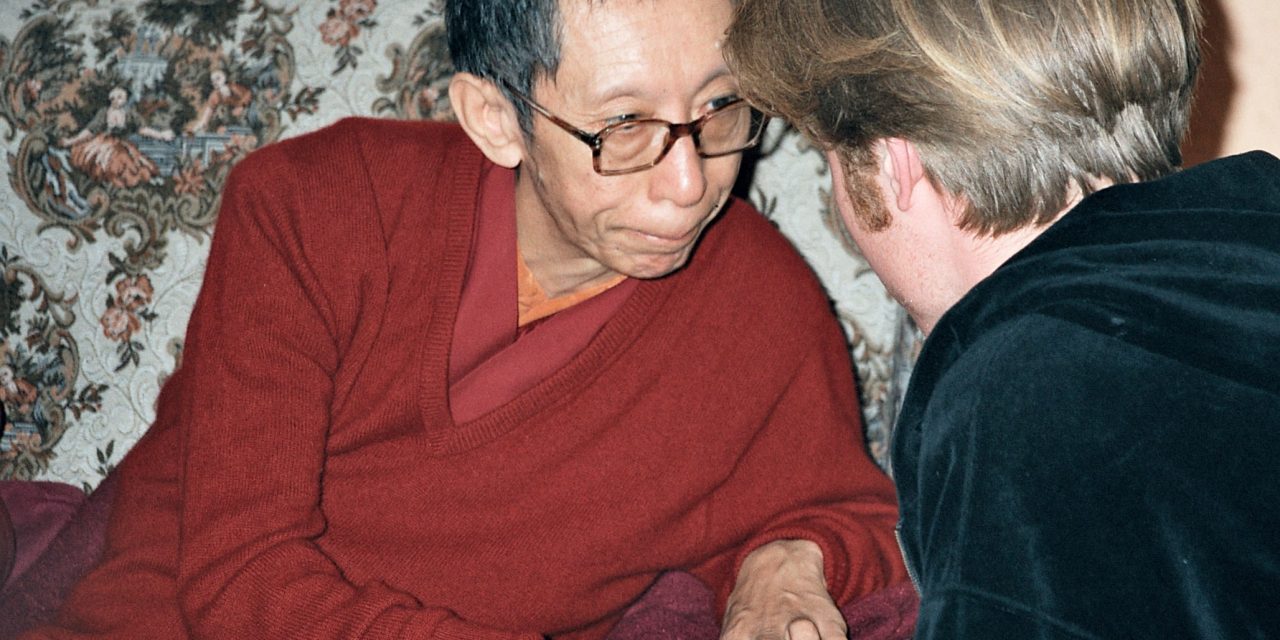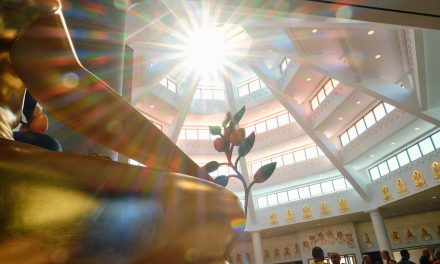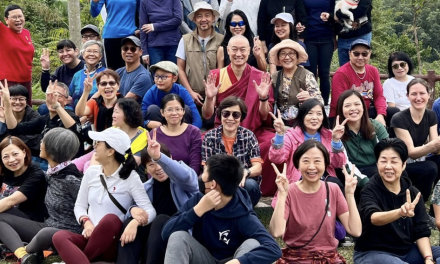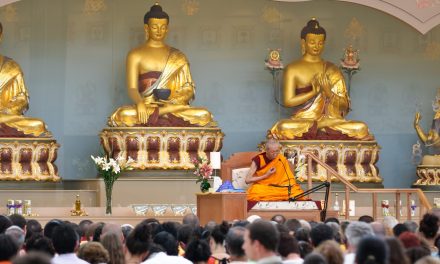Some people have criticized the New Kadampa Tradition (NKT) for teaching that students should see no wrong in their teachers. This is not an NKT policy and is a gross misrepresentation of Buddha’s teaching on relying upon a Spiritual Guide.
Blind faith is completely discouraged in the NKT. It is a common teaching in Buddhism to develop respect for one’s teacher as this leads to a humble, receptive mind for receiving the teachings. However, Ven. Geshe Kelsang Gyatso has given much advice on this subject, such as the following.
If our teacher appears to do something unusual, we have to ask them about it to find out why because the teacher may have made a mistake. If they are getting angry, we can say, “Please calm down.” Teachers and students need to help each other to grow spiritually which cannot happen if students ignore a teacher’s obvious faults. Students can respectfully point out such faults if there is benefit in doing so.
The reason for having a Spiritual Guide is to receive guidance on a spiritual path — never to gain worldly power or success oneself or give it to one’s teacher.
As Geshe Kelsang said in Paris in October 2008:
To understand who our Spiritual Guide is, we should know what the spiritual path is. If we know this, then we can understand how someone can be our Spiritual Guide…. If we understand that the qualification or characteristic of the teacher is to sincerely lead his or her students to correct spiritual paths (principally the trainings in renunciation, universal compassion and the correct view of emptiness) through giving teachings and showing a good example, we don’t need to worry.
The teaching on Guru devotion means to develop and maintain deep faith in the Spiritual Guide and to put his or her teachings into practice.
There are traditional examples we can follow, as Geshe Kelsang has said:
We can take examples from ancient times of how, for example, the Indian Buddhist Master Naropa relied upon Tilopa and how Atisha relied upon Serlingpa, and in Tibet how Dromtonpa relied upon Atisha and Milarepa relied upon Marpa.
However, he adds a note of caution:
We should follow their example, but because both the teachers and the students were very simple, there were no problems. Now in the modern world it is not simple. Due to the huge development of material activities, people have developed many different aims. So be careful, keep Dharma purely and never allow extreme views. Teachers should never use Dharma for their position, and students should never use their teachers for their position. We should follow Guru devotion only according to the development of Dharma realizations. Because the modern world has developed so much, it is very easy to follow in an extreme way. We know that other religions have this extreme; teachers say something and their students immediately follow them, and this causes suffering to so many people. It is very necessary to prevent these kinds of things.
In keeping with the Kadampa Geshes’ precept “to remain natural while changing your aspiration”, and the common sense wisdom tradition of Je Tsongkhapa, NKT practitioners are encouraged to avoid zealous types of behavior that have no place in modern, democratic cultures, and to avoid fanaticism mentally, verbally and physically. Their view of the Spiritual Guide should be kept inside their heart.





